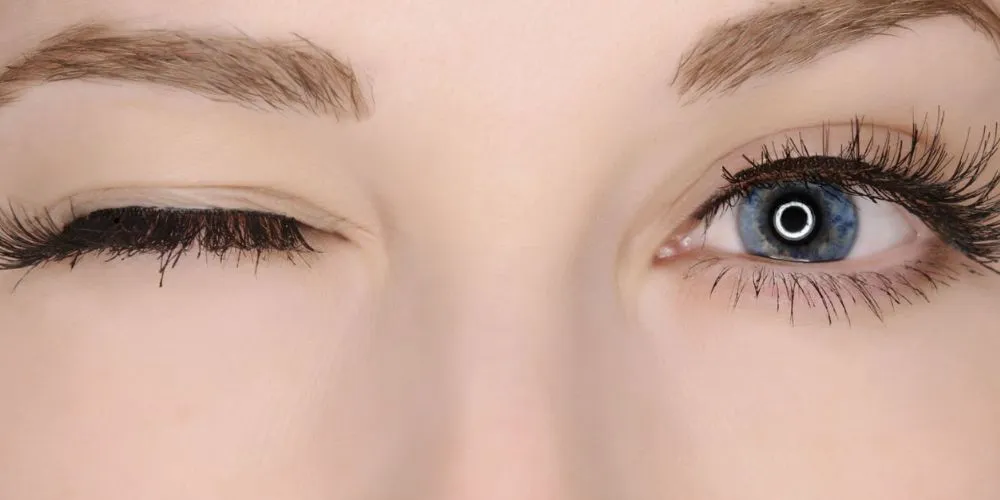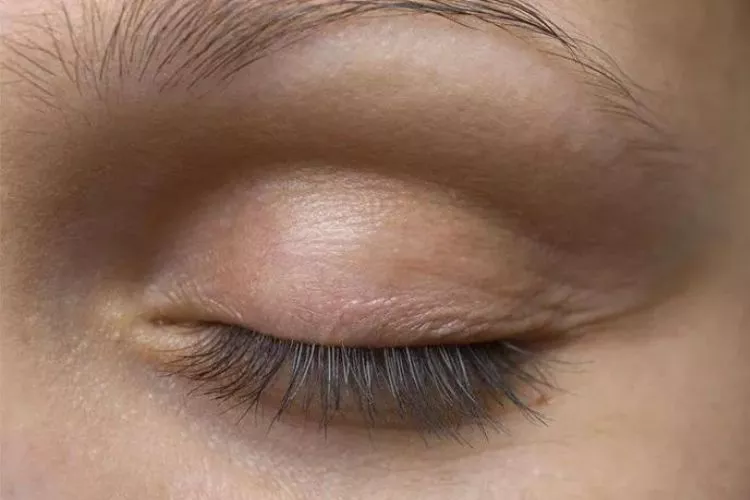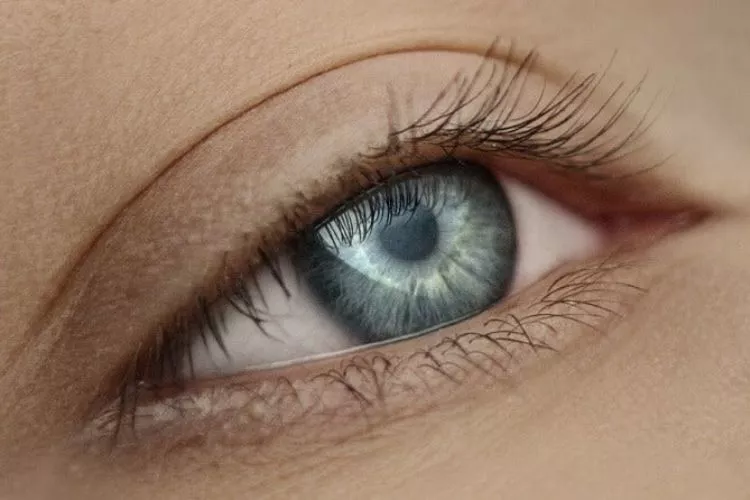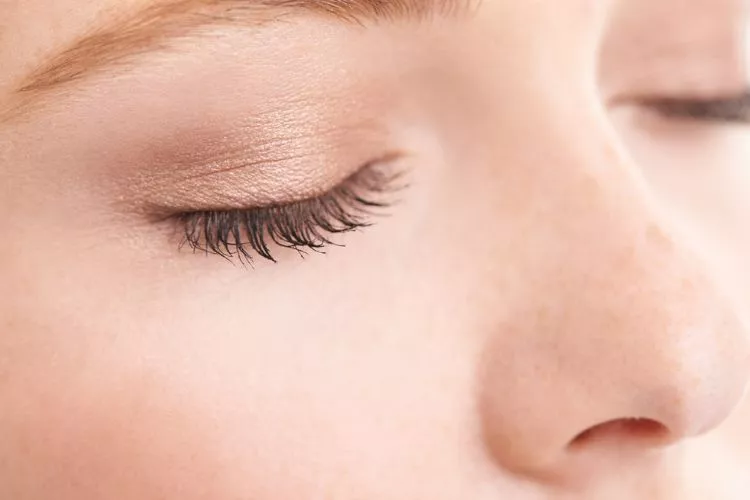Blinking is an ordinary action that we often take for granted, but have you ever wondered why do women blink more than men?

In this article, we will delve into the fascinating world of blinking and explore the scientific reasons behind the gender differences in blinking rates.
We will uncover the various factors that influence blinking and shed light on the intriguing studies and research findings in this field.
So, let’s embark on a journey to unravel the mystery of why women blink more than men.
Why do women blink more than men?
Women blink more than men due to multiple factors. Firstly, anatomical differences play a role, as women typically have smaller eyes than men. This smaller eye size may require more frequent blinking to maintain optimal eye moisture and lubrication.
Hormonal variations also contribute, as estrogen levels, which are generally higher in women, have been associated with increased blink rates. Additionally, age and environmental factors are influential.
Women tend to blink more as they get older due to age-related changes in tear production. Environmental factors, such as air quality and exposure to irritants, can also affect blinking rates in both genders.
Overall, the combination of anatomical, hormonal, age-related, and environmental factors leads to women blinking more frequently compared to men.
Factors Influencing Blinking Rates

Anatomy and Physiology
Blinking is primarily controlled by the oculomotor system, which involves numerous intricate muscles and nerves.
Women generally have smaller eyes compared to men, which may lead to a greater frequency of blinking due to the need to maintain optimal eye moisture and lubrication.
Hormonal Differences
Hormonal variations between men and women may also play a role in the differences in blinking rates. Estrogen, a hormone more prevalent in women, has been associated with increased blink rates.
Research suggests that hormonal changes during the menstrual cycle and pregnancy can influence blinking rates as well.
Age and Environmental Factors
Age is another factor that affects blinking rates. It has been observed that women tend to blink more as they get older due to age-related changes in tear production.
Additionally, environmental factors, such as air quality, humidity, and exposure to irritants, can affect blinking rates in both men and women.
Studies and Research Findings
Scientific studies have explored the blinking habits of men and women to gain insights into the reasons behind the differences.

One study conducted by researchers at the University of Tokyo found that women blinked an average of 19 times per minute, while men blinked approximately 11 times per minute. The study suggested that the smaller eye size, combined with hormonal influences, contributed to the disparity.
Another study published in the journal Investigative Ophthalmology & Visual Science analyzed blinking rates in different age groups and concluded that women blinked more frequently than men across all age groups.
The researchers attributed this gender difference to various factors, including anatomical differences and hormonal fluctuations.
You may also find interesting: Why do women sleep with one leg up? | Why do girls rub their eyes when they wake up?
Possible Explanations
There are several theories and hypotheses that attempt to explain why women blink more than men.
One hypothesis is that women have a higher blink rate as a protective mechanism to counteract the effects of dry eyes, which can be more common among females.
Others suggest that social and cultural factors, such as the use of makeup or increased emphasis on eye contact, may influence blinking rates.
Practical Implications and Everyday Life
Understanding the reasons behind gender differences in blinking rates can have practical implications.

For example, individuals working in industries that require prolonged computer use or other activities that may cause eye strain should be aware of the importance of blinking to prevent dry eyes and maintain eye health.
Additionally, debunking myths and misconceptions surrounding blinking differences can help promote a better understanding of the topic.
Frequently Asked Questions (fAQs)
Are there any health conditions associated with excessive blinking?
Excessive blinking can be a symptom of various health conditions, such as dry eyes, allergies, or even certain neurological disorders. If you experience persistent and bothersome blinking, it is advisable to consult an eye care professional for a proper evaluation.
Can blinking rates change over time?
Yes, blinking rates can change due to various factors, such as age, hormonal fluctuations, and environmental conditions. It is considered normal for blinking rates to vary throughout a person’s lifetime.
Is excessive blinking more common in women?
While women generally blink more frequently than men, excessive blinking can occur in individuals of any gender. If you notice a sudden increase in blinking or experience significant discomfort, it is important to seek medical advice.
Conclusion :
Blinking is a fundamental aspect of eye health and plays a crucial role in maintaining proper eye function. While it is true that women tend to blink more frequently than men, this phenomenon can be attributed to a combination of biological and environmental factors.
Understanding the underlying reasons behind gender differences in blinking rates allows us to appreciate the complexity of our ocular system.
So, the next time you notice a woman blinking more often, remember the intricate mechanisms at play and the unique factors that contribute to this fascinating phenomenon.
